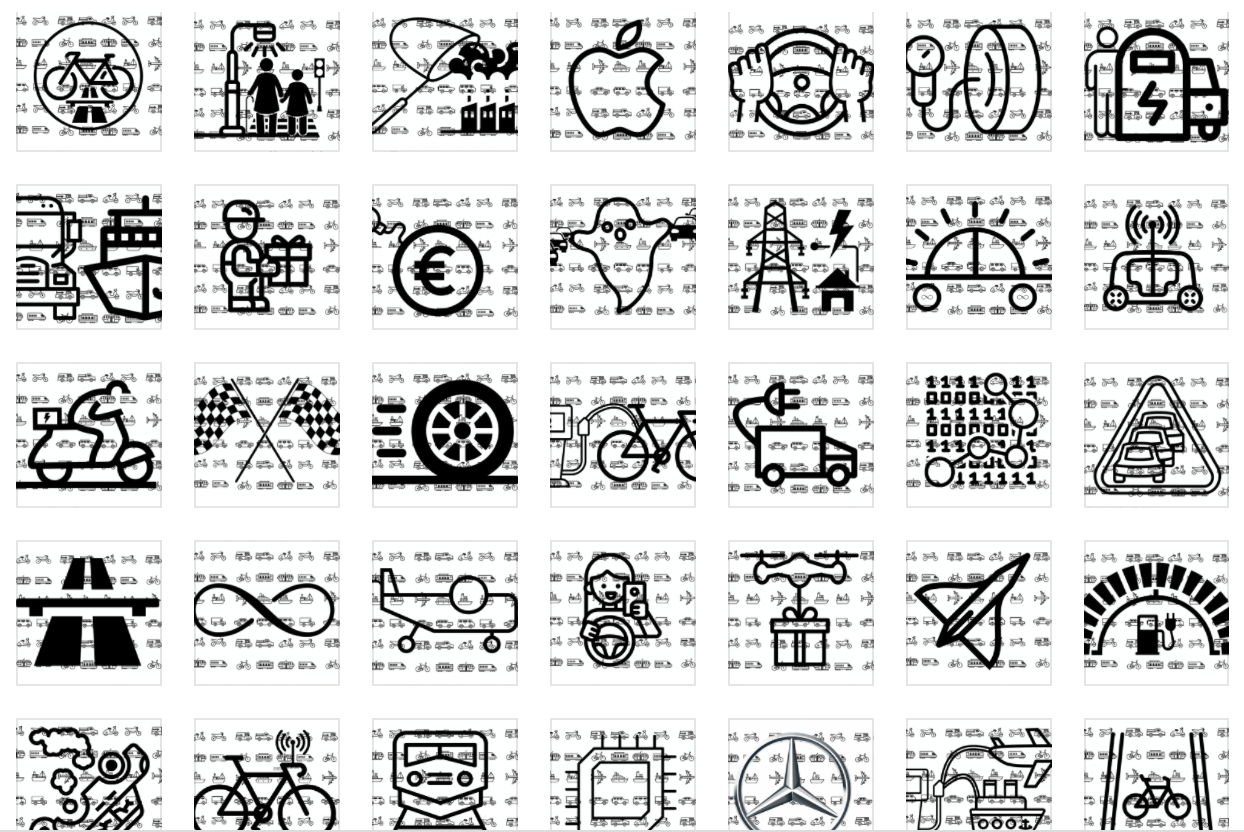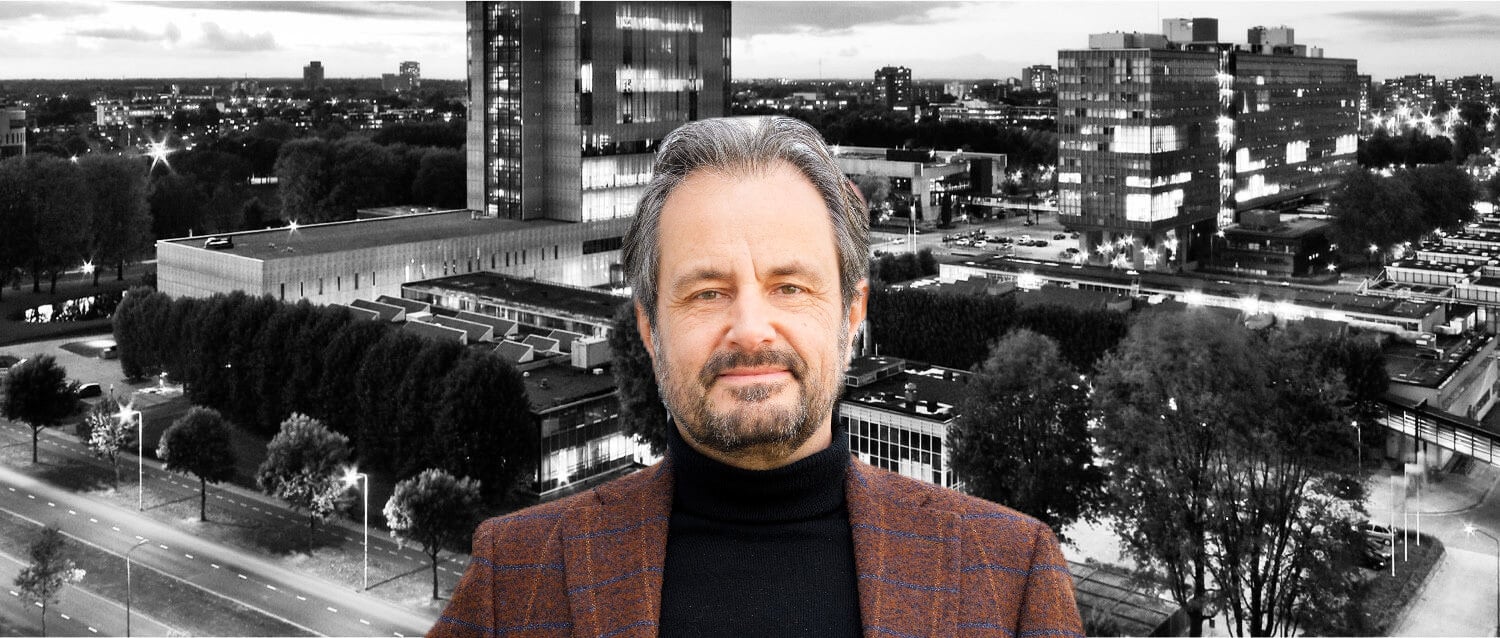
For the past years, we used this space to look ahead to the future of mobility. We would have thought we’d be done talking after a year. But mobility is in tremendous flux with rapidly changing cars, rising travel appetites, sold-out bike stores, and continuing digitization – we’re only just keeping up with the developments. It proved enough for a new topic every week.
We have done our best to separate the sense from the nonsense of developments. In doing so, it is good to keep the three main goals of mobility in mind. That is, firstly, to enable people to be on the move for well over an hour a day, just because mobility is a goal in itself, which is often forgotten. Second, mobility must keep work, friends, and entertainment accessible for the economic and social good. And third, it must be ensured that it does so in a fully sustainable way. And for that, there is still a long way to go. Mobility causes accidents, it pollutes, makes noise, and takes up a lot of public space. All this costs our economy about 3-6% of the gross national product, which is tens of billions of euros.

This really has to change. And technology plays a decisive role in this effort. We realize that our columns were laced with techno-optimism. That may be caused by our engineering nature, but we are convinced that we have to innovate our way out of the problems, there is no other way. The call to consume less is a good thing to save a bit of time, but unfortunately, it is not a definitive solution and rarely, if ever, proves effective. Human nature simply does not accept a structural decline in comfort.
What will safer, more sustainable, smarter mobility look like in 2050? We envision cities continuously providing more and more space for walking and biking. But the car will remain at least as popular as it is today. Especially if it will soon be much more comfortable and cheaper. We will have to be a lot smarter about how we use all those cars: hide them better, use them less, separate them from slow traffic as much as possible, and don’t drive them all at once.
The bicycle is actually the only modality that needs even more infrastructure; many more freeways and railroads hardly benefit society anymore. All road users are becoming digitally smart and safe and, through further electrification and greening of electricity generation, almost implicitly clean. Flying is still the most polluting mode of travel today, but will soon become the most sustainable one. Regionally we will fly electric and on longer distances we will fly (hopefully already completely) with CO2-neutral synthetic kerosene.
And so in the future, we will be both more sustainable and further ahead.
This is, at least temporarily, the end of this series of columns. We want to thank you for reading and especially for the informative and almost always constructive discussions on social media after publishing every new episode. It has been our great and educational pleasure.
Maarten Steinbuch and Carlo van de Weijer are alternately writing this weekly column, originally published (in Dutch) in FD. Did you like it? There’s more to enjoy: a new book with a selection of these columns has been published by 24U and distributed by Lecturis.

